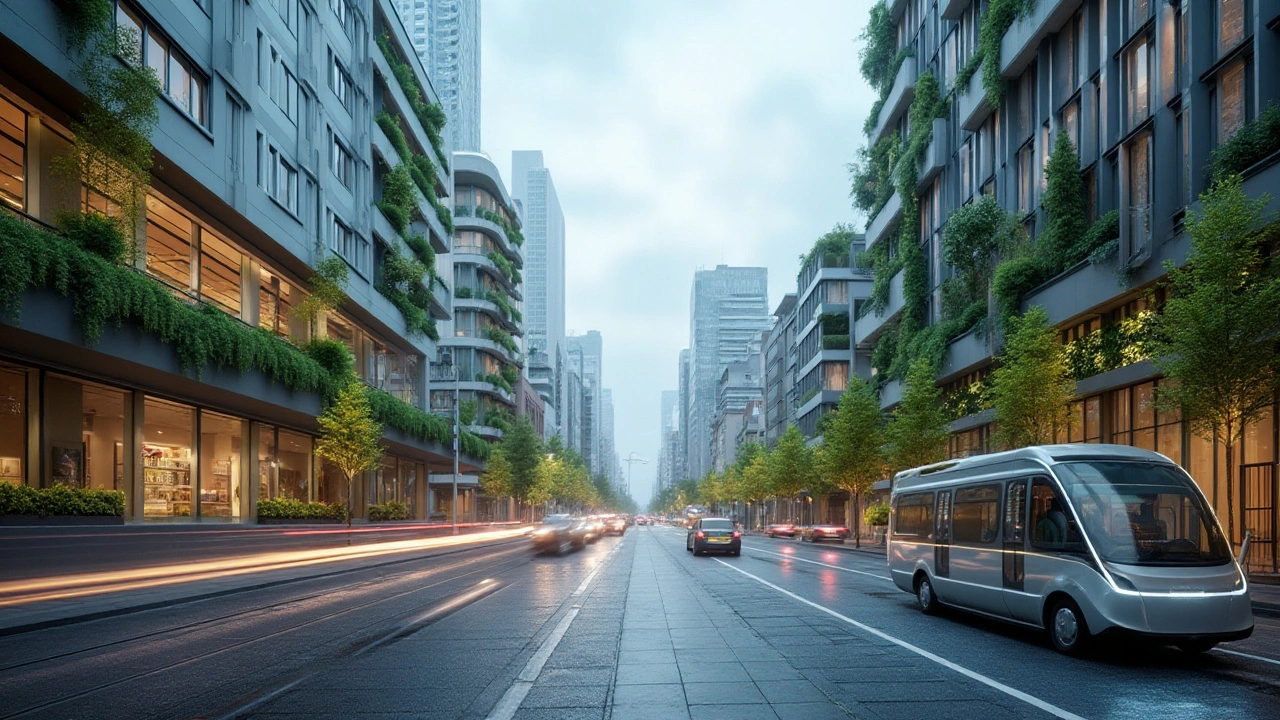AI-Powered Tech for a Greener Future
Ever wonder how the computers you use every day could help save the planet? The short answer is: a lot. Artificial intelligence (AI) is moving from sci‑fi hype to real‑world tools that cut emissions, boost renewable energy, and make agriculture smarter. In this category page we’ll break down the most useful ways AI is shaping a cleaner world and give you clear examples you can follow.
How AI Helps Cut Emissions
First, AI looks at massive data sets—like weather patterns, power grid usage, and traffic flows—to find inefficiencies that humans miss. For power plants, machine‑learning models predict the exact amount of electricity needed each hour. That means fewer generators fire up unnecessarily, which slashes carbon output. In buildings, AI‑driven thermostats learn when you’re home and adjust heating or cooling automatically, saving energy without you having to think about it.
Transportation is another big win. Ride‑sharing apps already use AI to match drivers and riders, but the next step is routing fleets of electric trucks so they avoid traffic jams and run on the cleanest grid power available. The result? Less fuel burned and lower overall emissions.
Real‑World AI Projects You Can Watch
One cool example comes from a farm in Iowa that uses AI cameras to spot weeds in real time. The system tells a robot exactly where to spray, so farmers use far less pesticide. Less chemicals means healthier soil and less runoff into rivers. Another project in Singapore uses AI to predict flooding in downtown streets. By analyzing rain sensor data and tide levels, the city can warn residents early and divert water before it causes damage.
If you’re into renewable energy, check out wind farms that employ AI to predict turbine performance. The algorithms adjust blade angles based on wind speed forecasts, extracting more power from the same wind. Solar farms do something similar—AI decides which panels need cleaning and when, keeping efficiency high without constant manual checks.
All these cases share a simple pattern: collect data, let AI find patterns, then act on the insights. You don’t need a PhD to apply the idea. Start small—install a smart thermostat, use an AI‑based energy monitor, or follow a local community project that uses data to plant trees where they’ll thrive the most.
So, what’s the takeaway? AI isn’t a distant promise; it’s already in the tools that can lower your carbon footprint. By understanding how AI works in energy, transport, and farming, you can choose smarter products and support policies that push these technologies forward. The tech world and the environment aren’t separate—they’re teaming up, and you can be part of that partnership right now.

Harnessing AI to Combat Climate Change Effectively
Artificial Intelligence stands as a pivotal force in addressing climate change by enabling smarter decision-making and innovation. The use of AI technologies ranges from predicting environmental changes to optimizing energy use, thus offering viable solutions for many climate-related issues. With AI, we're witnessing advancements in areas like agriculture, urban planning, and renewable energy that are essential for sustainable development. This article explores various ways AI is contributing to the fight against climate change and how these innovative strategies can be applied globally.